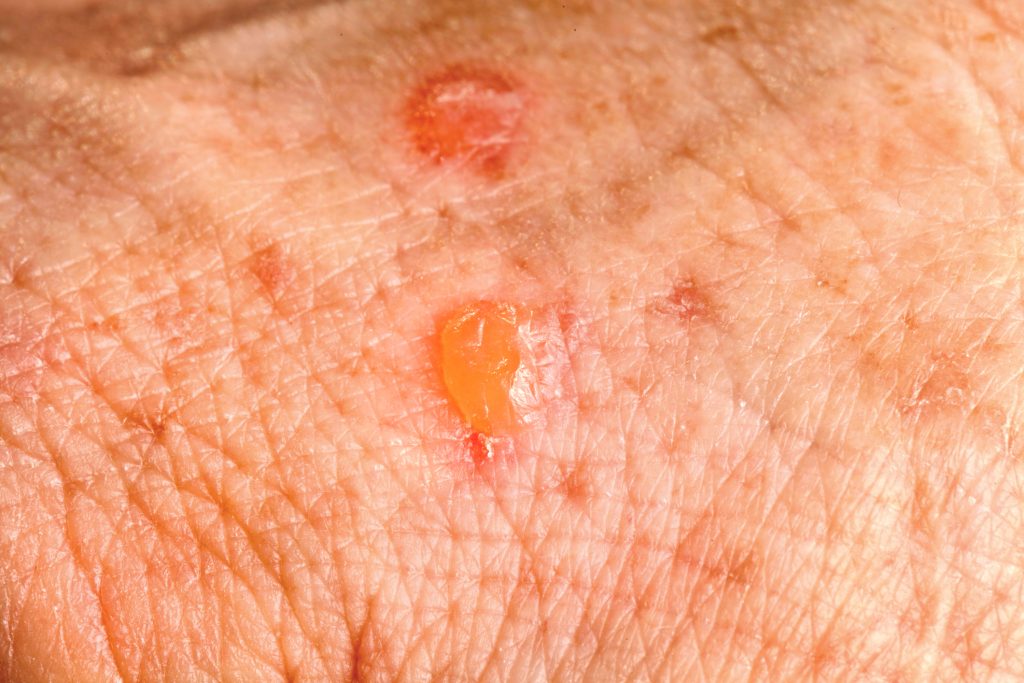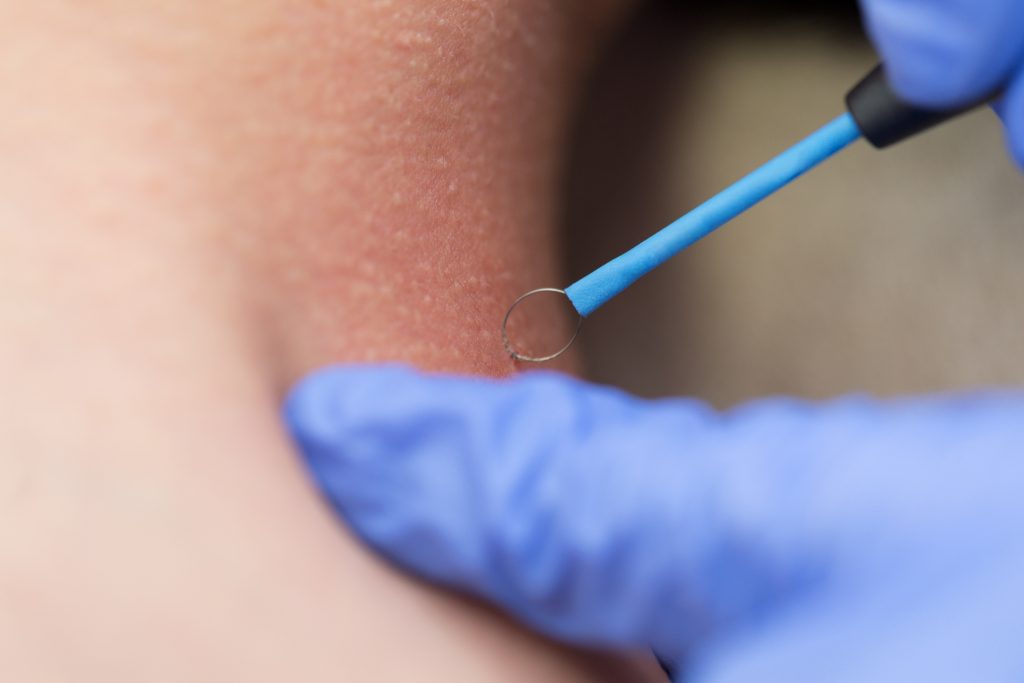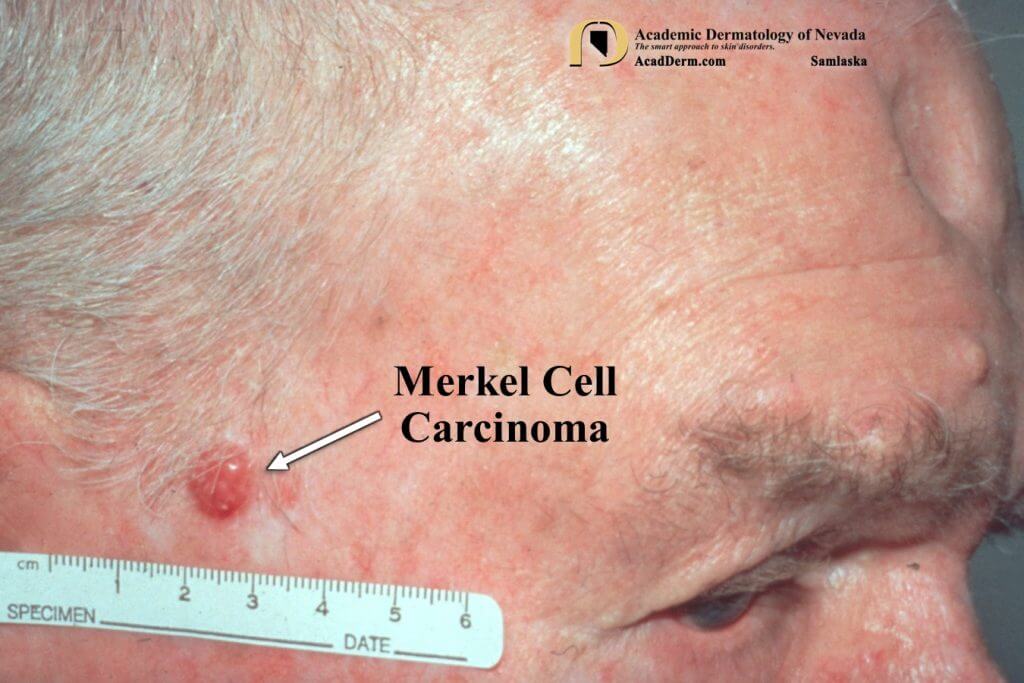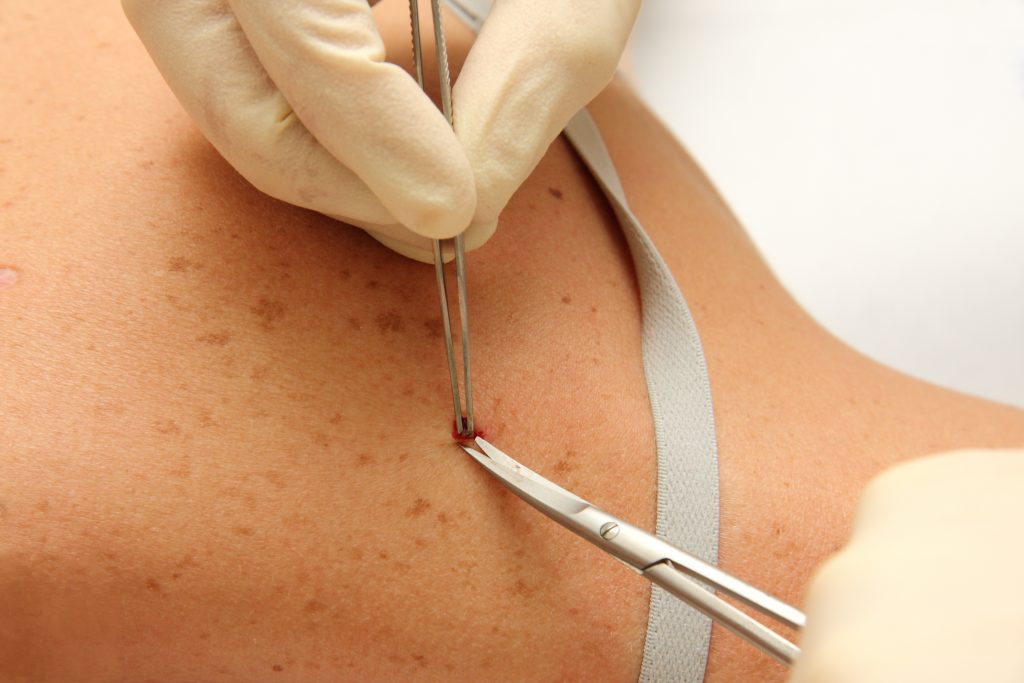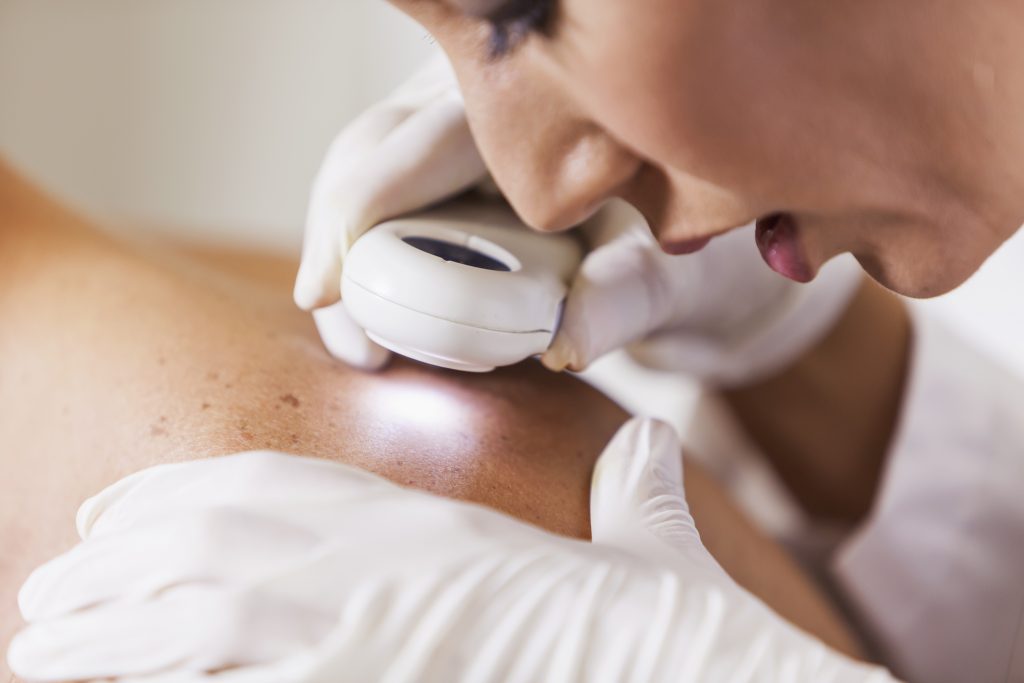Mohs Surgeon in Austin
U.S. Dermatology Partners Townsend
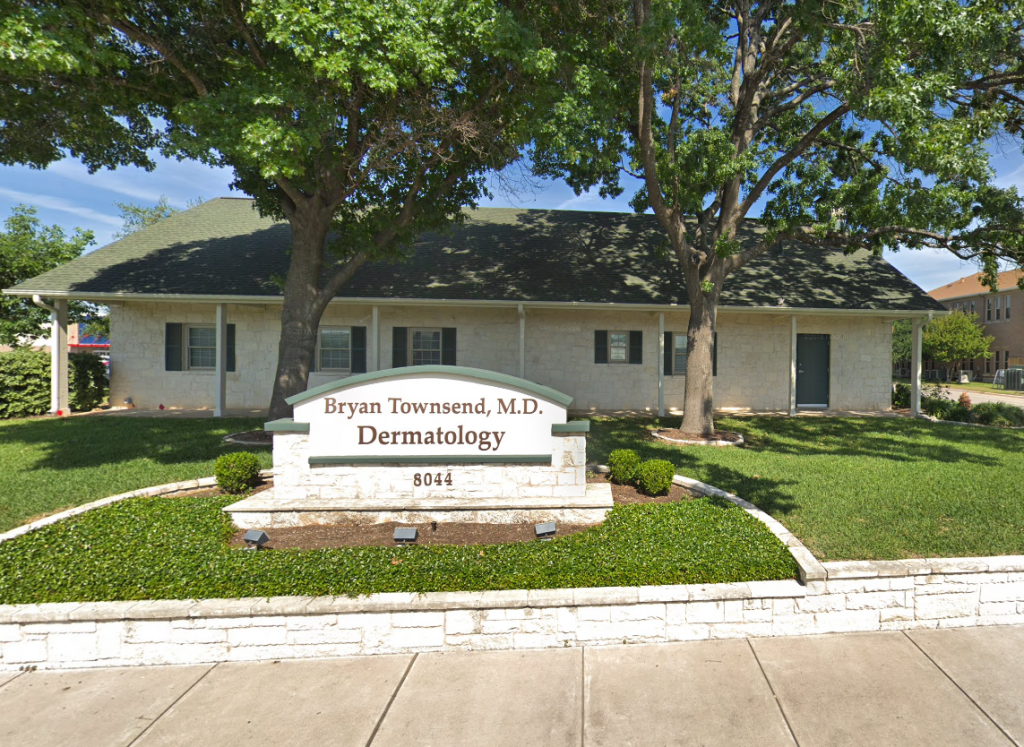
We are between Steck Avenue and Anderson Avenue, across from the Home Improvement Garden Center.
Get Directions|
Monday: |
7:30AM - 5:00PM |
|
Tuesday: |
7:30AM - 5:00PM |
|
Wednesday: |
7:30AM - 5:00PM |
|
Thursday: |
7:30AM - 5:00PM |
|
Friday: |
7:30AM - 12:00PM |
|
Saturday: |
Closed |
|
Sunday: |
Closed |
About Our Mohs Surgeon in Austin
U.S. Dermatology Partners Townsend in Austin, Texas is a south texas dermatology office that specializes in skin cancer treatment and Mohs Micrographic Surgery – the most effective treatment for high risk or recurrent skin cancers. Mohs Micrographic Surgery offers the potential to spare as much normal skin as possible while providing the highest assurance of a cure.
When it comes to your skin cancer treatment, you deserve no less than the best. At U.S. Dermatology Partners Townsend, we welcome you as a patient and sincerely appreciate the opportunity to treat you in a safe and comfortable environment. Our Austin dermatology practice is committed to providing an outstanding level of specialized service to those who live in the North Austin – Domain area, including students from the University of Texas. We are located on Shoal Creek Boulevard, between Steck Avenue and Anderson Avenue, across from the Home Improvement Garden Center.
Our dermatology facility is led by Board-Certified Dermatologist and Fellowship-Trained Mohs Micrographic Surgeon, Dr. Brian Townsend. A University of Texas Alumni, Dr. Townsend has achieved the highest degree of Mohs surgery qualification by completing an American College of Mohs Surgery approved fellowship. For you, this means peace of mind, knowing that you will receive superior quality and competency, as well as an optimal outcome. Our passion is to provide the highest quality skin care available to you, our patients. We hope to make each visit — from initial consultation to treatment and follow-up — the most convenient and comfortable experience possible.
We are proud to be dermatologists in Austin, Texas, and surrounding metro areas.
What Our Patients Say
Source : Healthgrades – Apr 04, 2024
Source : Google – Mar 28, 2024
Source : Google – Mar 27, 2024
Get to Know Us Better
Did you know that we offer Mohs Surgery at our location?
Mohs surgery has the highest cure rates for all non-melanoma skin cancers. For certain cases of the most common types of skin cancer — squamous cell carcinoma and basal cell carcinoma — the cure rate can be as high as 99 percent.



